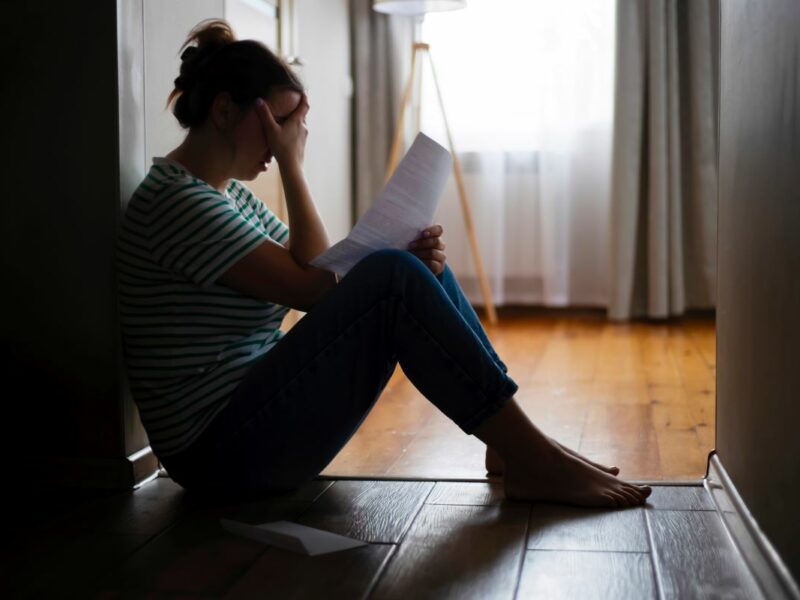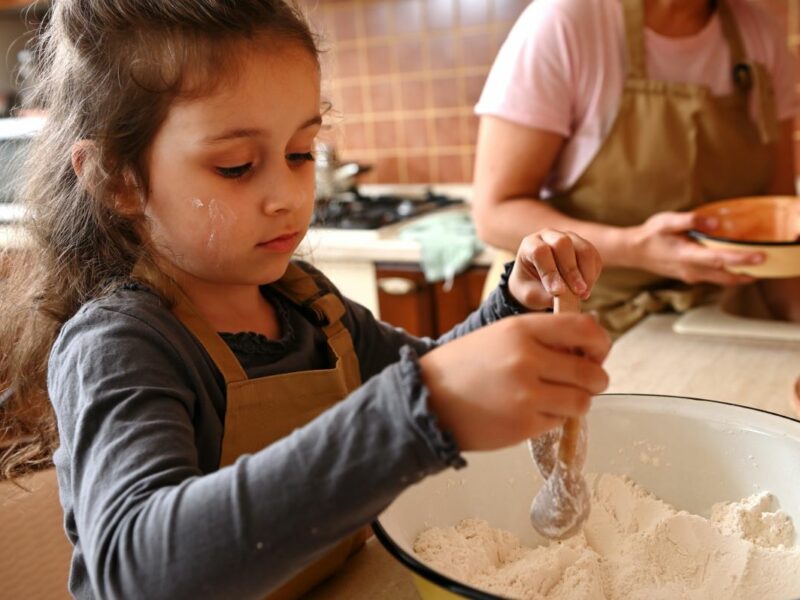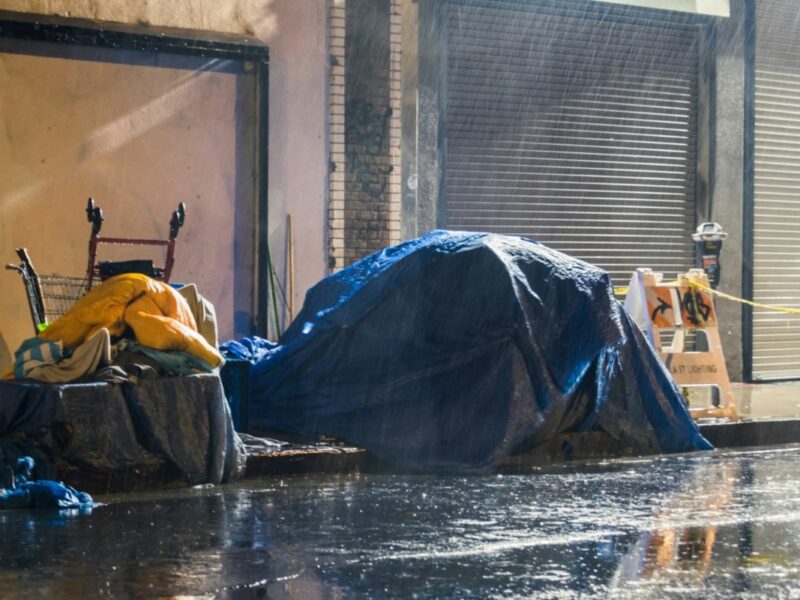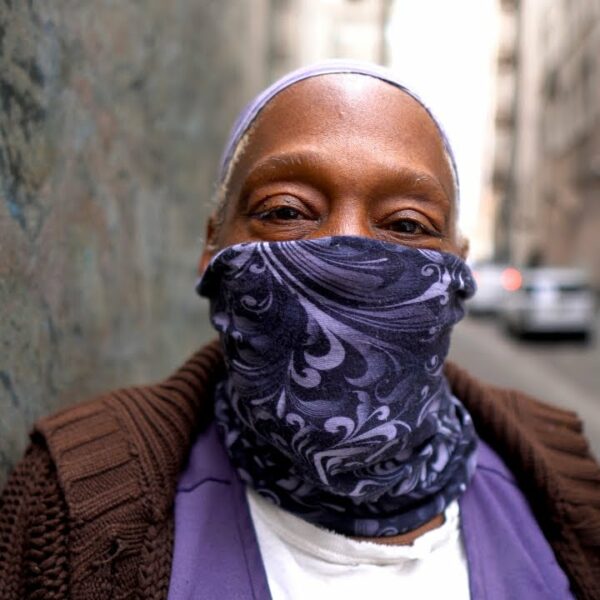Illinois Gov. J.B. Pritzker signed a bill on July 26 seeking to move the state toward achieving “functional zero” homelessness.
Known as the House IL bill, the new law codifies the Illinois Interagency Task Force on Homelessness and the state Community Advisory Council on Homelessness. Both were established by executive order in 2021.
The two agencies will partner with 17 Illinois state departments to develop a comprehensive plan to achieve “functional zero” homelessness, meaning that the state could shelter as many people entering homelessness as people exiting it.
“Every person deserves access to safe shelter and the dignity that comes with housing,” Pritzker said. “This is a first-of-its-kind multi-agency cooperative effort — bringing together state agencies, nonprofit organizations, advocates, and people with lived experience to prevent and end homelessness.”
What Is Illinois Doing About Homelessness?
Illinois has taken several steps toward addressing its homelessness crisis since Pritzker took office in January. For instance, Pritzker committed $360 million toward the effort in his 2024 budget, which represents an $85 million increase from the previous year. Of that total, more than $118 million went toward increasing shelter space. Another $50 million went toward rapid rehousing services.
The moves come at a time when homelessness is increasing across Illinois.
According to city data, more than 6,100 individuals in Chicago identified as homeless during the 2023 point-in-time count, which is a 14% year-over-year increase. However, the number of people experiencing unsheltered homelessness declined from 1,263 in 2022 to 990 in 2023, primarily because of expedited rehousing efforts, according to the data.
At the same time, home prices in Illinois have steadily increased since the pandemic began in March 2020. This has only heightened the risk that low-income earning households could fall into homelessness. For example, the state’s median home price has increased by roughly 20% since July 2020, up to $287,900 as of July 2023, according to Redfin.
Meanwhile, the state’s median rent is around $1,800 per month, according to Zillow, an increase of about 5.5% year-over-year.
“Preventing homelessness means eliminating its root causes, which include lack of affordable housing, poverty, and lack of wraparound services,” said state Sen. Robert Peters (D-Chicago). “The HOME Illinois program is targeting the root causes of homelessness.”
Some advocates applauded the new bill as a transformative way to address local cases of homelessness.
Two Rivers Regional Council housing coordinator Elaine Davis told local news station KHQA that the organization is eager to start seeing some state money flowing down. Two Rivers recently launched a program to help low-income earning renters in rural Quincy, Illinois, facing eviction and homeowners facing foreclosure for nonpayment.
“They do have to be involved in the court process,” Davis said. “So, what we can do, the program, can pay the back rent plus an additional three months of rent, and then we are also implementing a program to help out with mortgage assistance.”
However, others are concerned about how some cities could distribute the additional funding from the state. For example, Chicago received about $52 million in COVID-era funding for homelessness prevention programs. However, the city has only spent about 15% of that total, according to a report by Illinois Answers. That means that the city could be returning a large chunk of the funding at the end of 2024 when funds are required to be spent.
All Chicago Vice President of Community Partnerships Nicole Bahena told Illinois Answers that part of the issue is that Chicago was “flooded with more cash” than it knew how to distribute. At the same time, homeless service providers face an acute staffing shortage, making it hard for them to scale their programs.
Other front-line service providers like Margarita Nieves-Gonzalez, director of programs for A Safe Haven in Chicago, said the additional funding could go a long way toward solving the problem. However, bureaucracy could get in the way.
“The CARES Act dollars have been wonderful, but I’m not sure why it took a pandemic for us to take homelessness seriously,” said Nieves-Gonzalez. “It’s not permanent, but it helped to provide additional services.”
How You Can Help
The pandemic proved that we need to rethink addressing homelessness in the U.S. It also showed that aid programs work when agencies and service organizations have sufficient funds and clear guidance on spending.
Contact your representatives and tell them you support bolstering programs that support youths aging out of the foster care system. These programs have proven effective at keeping young people housed, which is the first step to ending homelessness.












